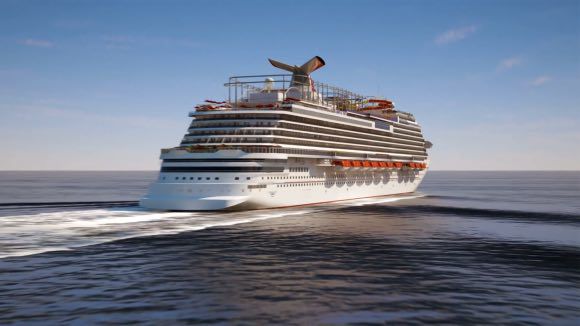Carnival Posts its Best-Ever Quarterly Earnings

On Monday, Carnival Corporation announced its best quarterly earnings ever, with net income of $1.4 billion in the third quarter. Revenues were up by $200 million compared with the same period last year, driving a slightly higher profit.
"We delivered the strongest quarterly earnings in our company's history, affirming our ongoing efforts to expand consumer demand in excess of measured capacity increases and leverage our industry leading scale," said Carnival Corporation President and Chief Executive Officer Arnold Donald. "Revenues during the peak summer season were bolstered by strong performances from both our North American and European brands and across all major deployments including the Caribbean, Alaska and Europe."
A decline in fuel costs helped increase earnings.
The outlook for the remainder of 2016 is even better than the quarter just ended. Customers are paying more, booking earlier and are buying in greater volume, and the firm is on track to break the $5 billion mark for cash from revenue this year, Carnival says. It is taking the opportunity to repurchase shares – so far, $2.5 billion worth of them.
Carnival also opened a new 110,000-square-foot purpose built training facility in the Netherlands, equipped by Transas. It is a major expansion from the existing training center that opened in 2009, and Carnival says that it will be used to train in excess of 6,500 officers per year from the corporation's various brands.
The firm has ordered three newbuild LNG-powered cruise ships for delivery 2020-2022. It has also pushed back delivery for two other vessels one year, to 2021, in order to smooth out the growth of the fleet. A delivery delay is more common in other shipping sectors than in cruise, which has lately been characterized by high demand and lengthly order backlogs.
The Cruise Lines International Association's latest study found that the cruise industry grew to 23 million passengers in 2015, due in part to massive demand in Asia, where passenger capacity has increased by 30 percent per year over the past three years.
